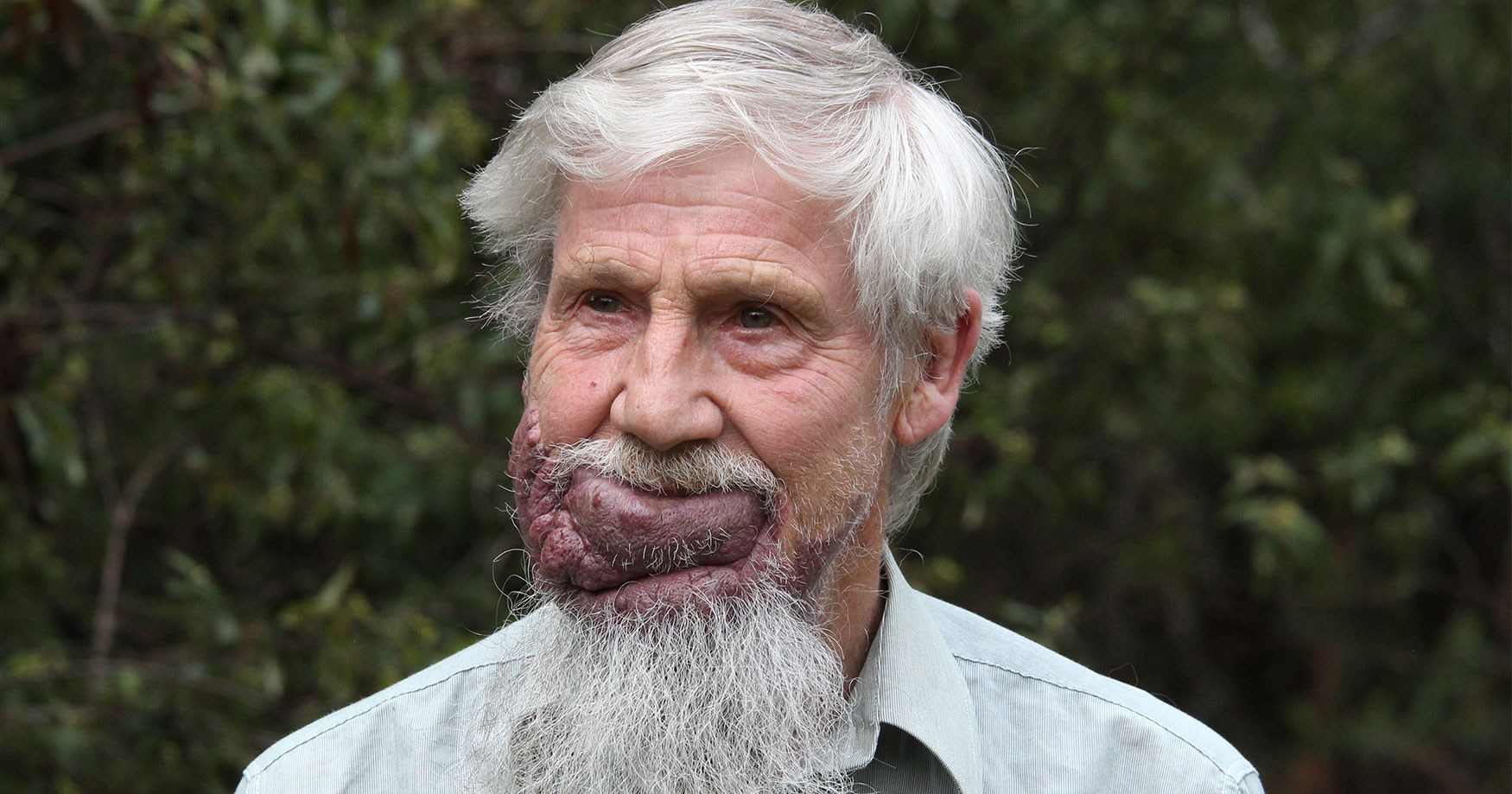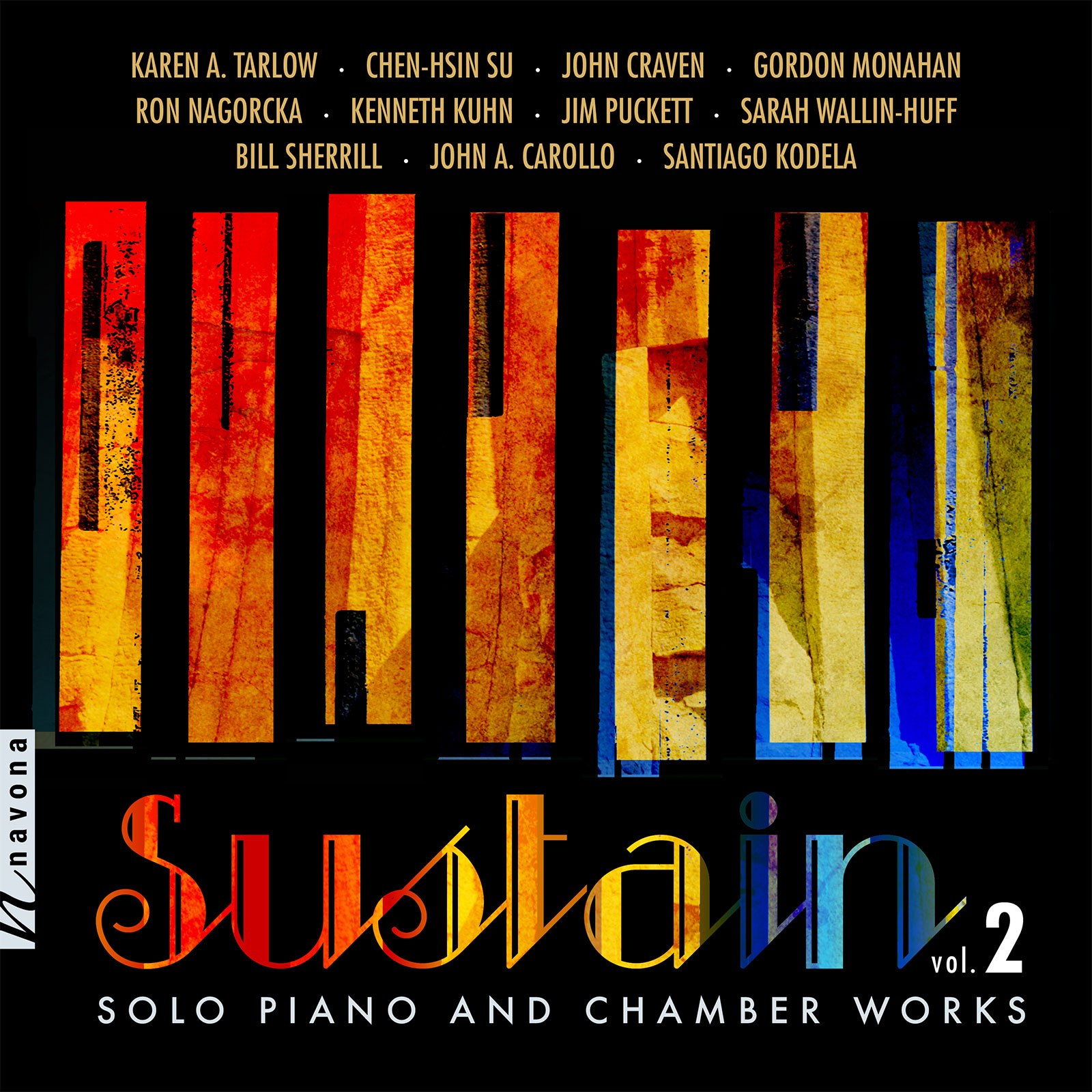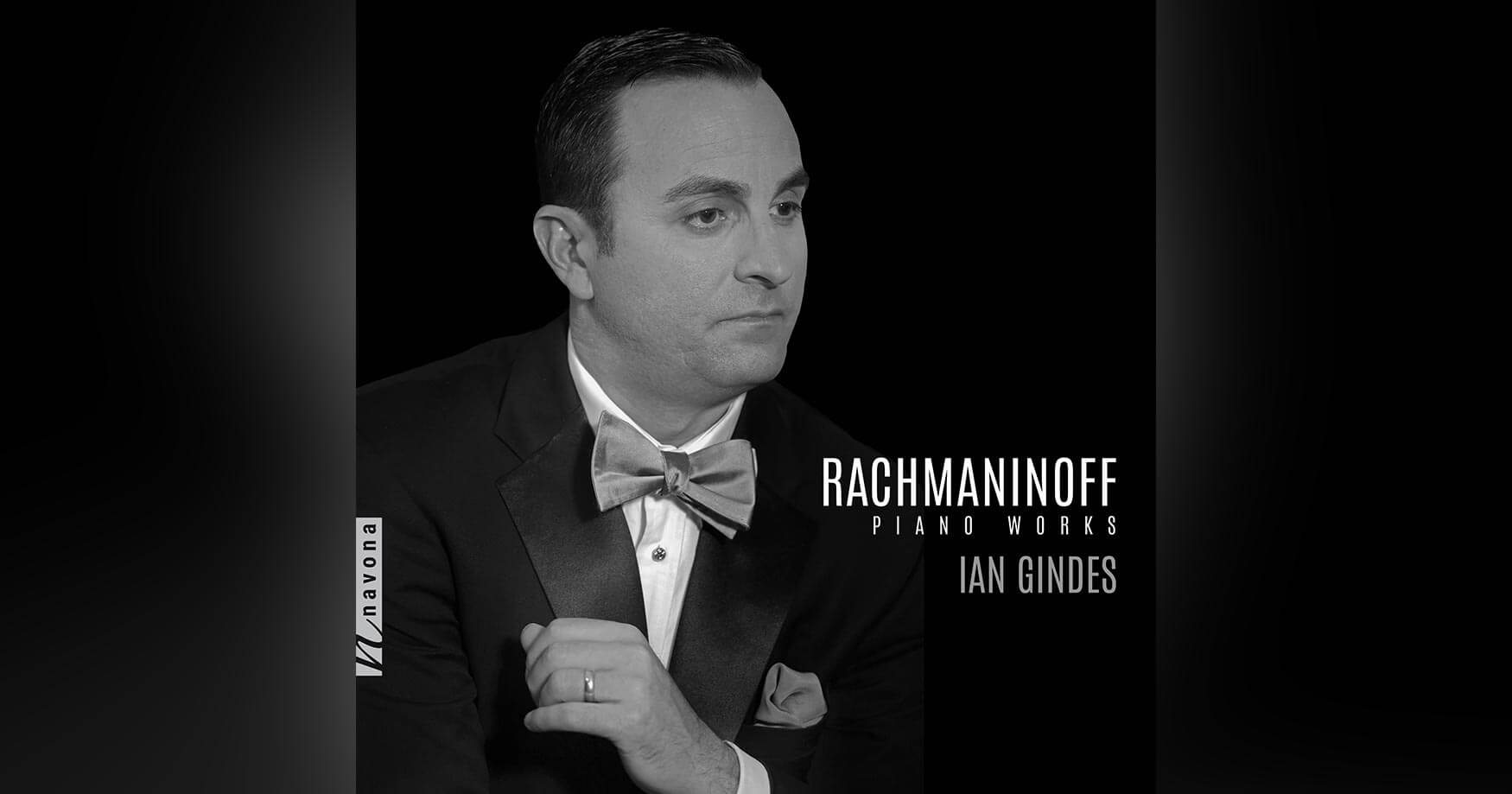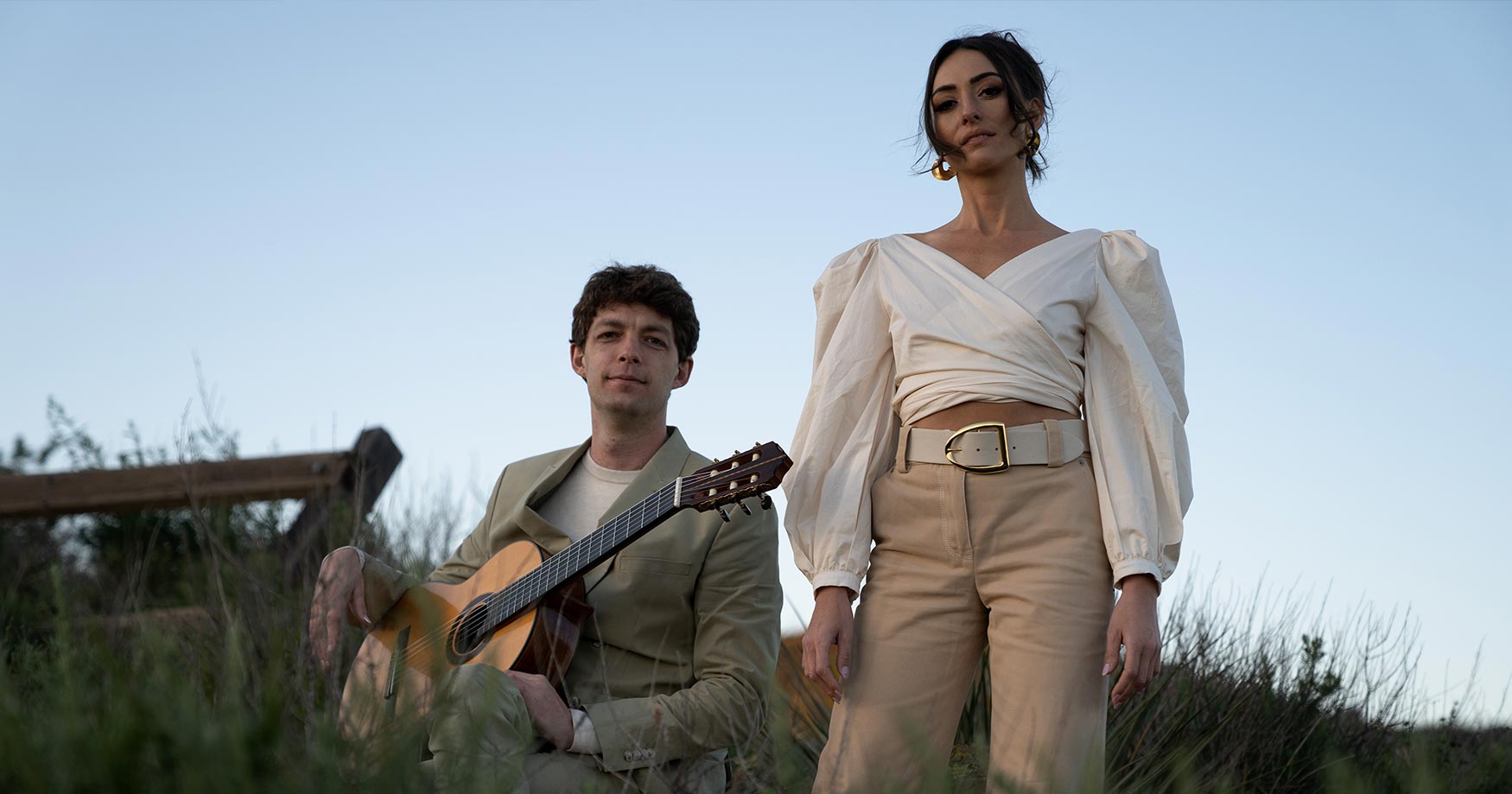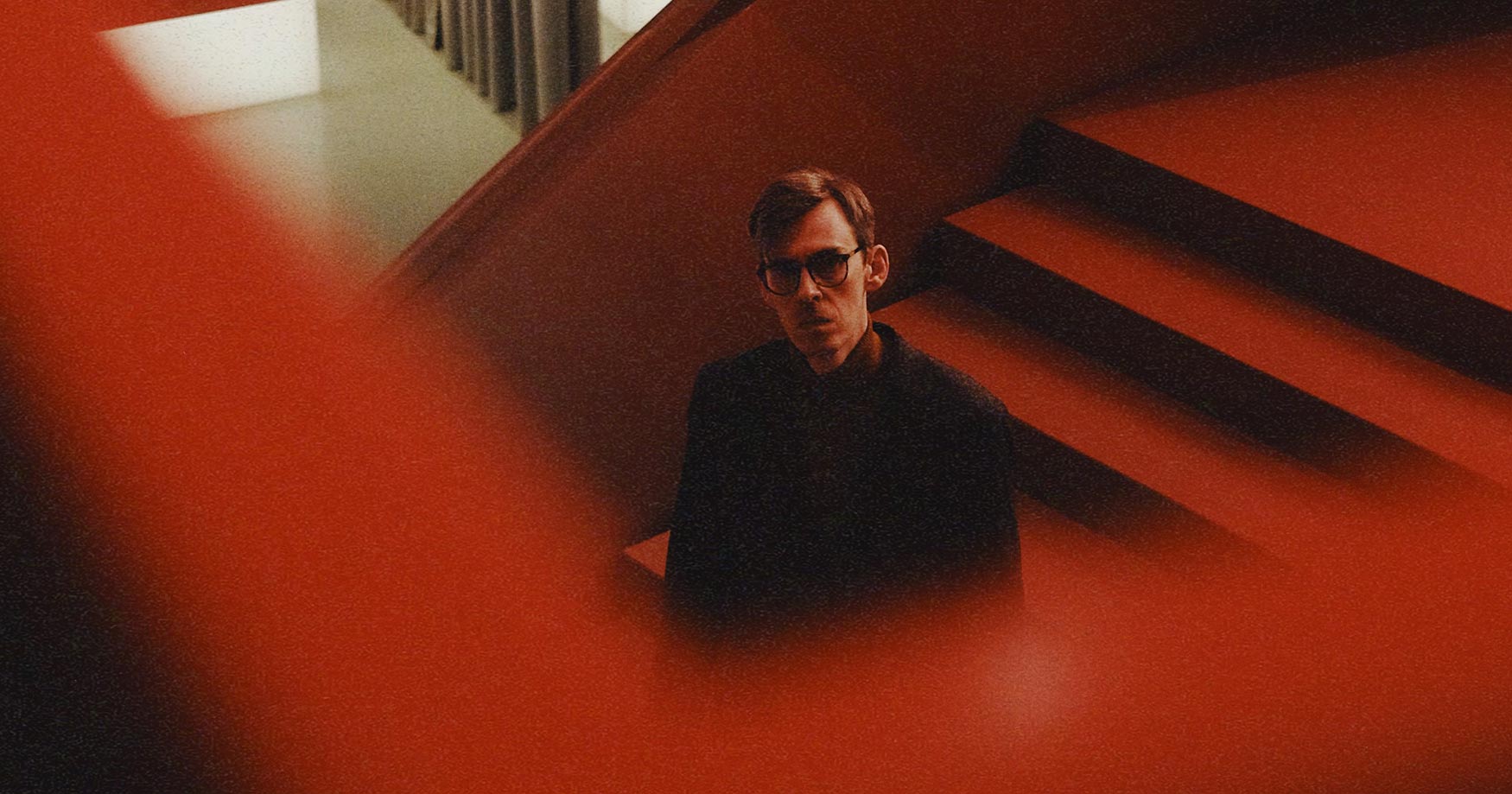Two years after the release of SUSTAIN comes the long-anticipated follow-up, SUSTAIN VOL. 2. This fresh collection of works centered around the piano includes a range of contemporary compositional styles: tonal, atonal, and everything in between, including Ron Nagorcka’s Leaves and The Journey is My Home, two works for solo piano performed by Randall Hodgkinson.
Today, Ron is our featured artist in “The Inside Story,” a blog series exploring the inner workings and personalities of our composers and performers. Read on to learn about his fascination with Eastern music and culture, and the time he played a thongophone upside down at a music festival.
Who was your favorite artist growing up?
It depends what you mean by artist — I presume musical — and at what age I could be considered “grown-up.” I learned piano eagerly from early elementary school days in the early 1950’s, and I did attempt some compositions, which was something unheard of at the time — why would a child want to compose? I liked playing Grieg and at the height of my pianistic powers I attempted the A Minor concerto. It was a rare thing back then in rural Victoria but fortunately there was a record player in the house and my favorite track was Albert Schweitzer belting out Bach on some enormous pipe organ. “Turn it down Ron,” to quote the rest of the family. And as a teen, at that time there was John Lennon of course.
Later in my teens I turned to pipe organ again and listened avidly to recordings of Olivier Messiaen played by Marie-Clare Alain. I envied her skill, as Messiaen was well beyond me at the time. I was also mesmerised by Harry Partch’s instruments and music, and to this day I prefer to write music using the just intonation tuning he advocated.
When did you realize that you wanted to be an artist?
I decided quite early that my father’s profession of farming was not for me. I enjoyed playing the piano a great deal more than shooing sheep. My maternal grandfather taught piano and my grandmother was the first female graduate of the Adelaide Conservatorium of Music. My mother trained briefly as a contralto. My siblings and I would join her to sing in the church choir and once my voice broke I joined the bass line. We also learned piano with her encouragement and I found that piano practice was a good way to avoid milking the cows.
However, it was only at University that I began to compose seriously. I did not study music academically, but took private harpsichord and organ lessons and sat in on a composition class. At the first class the lecturer, Keith Humble, said “OK then where’s your composition.” It must have been the shortest class in my whole career. The next class however went overtime as we — all 3 of us — had something to present. I didn’t hold back and presented a piece for 4 choirs. Keith promptly pulled from the desk his most recent piece — for 4 choirs. I was hooked.
What was your most unusual performance?
At the Melbourne Organ and Harpsichord Festival in 1977 I collaborated with Warren Burt, Malcolm Ellis, and organist Douglas Lawrence in a piece called The Waltzing Instinct in Ostriches. Malcolm was the suitably feathered ostrich waltzing up and down the aisles on roller skates. Warren and I were busy playing toy instruments and manipulating cassette tape recorders to provide feedback distortion, and the organ played on. Somebody was reading from an ornithological journal. Unfortunately, there is no recording of the event. I could also mention hanging upside down playing a thongophone at the Paris Autumn Festival in 1983 as poet Chris Mann performed his work, or trudging around — with permission — in a Brisbane fountain, playing toy instruments with Warren Burt and presenting a “Tribute to Jaws” as part of a festival.
If you could make a living at any job in the world, what would it be?
Without any doubt it would be (is) composing and performing music. I had some experience in academia in the early eighties before the jobs dried up after government cutbacks to the arts, and since then I have freelanced. My partner and I purchased the land where we live in 1987 and proceeded to build our own house — another creative enterprise which I thoroughly enjoyed. Land in rural Tasmania was very inexpensive in those days and we managed to do all of this without a mortgage. And our express purpose was to make it possible to survive on a minimal income with some social security support (more generous then than it is now in Australia) and to proceed with our work. My partner is a naturalist whose work in Tasmania — particularly on birds and slime molds — is world renowned. The internet has helped the problems of isolation enormously for both of us.
If you could spend creative time anywhere in the world where would it be and why?
I have toured widely in Europe and a little in the USA over the years. Concerts in Japan and Scandinavia are really nice memories. I have yet to go to Arnhemland in Australia to explore its indigenous music more. But if I had to choose somewhere yet to go it would be to India to listen to its cultures and its music, which I find fascinating: the wonderful microtuning used for each raga, the complex rhythms, the build-up over a long time — sometimes hours — of a theme, and the sheer skill of the musicians.
If you could instantly have expertise performing one instrument, what instrument would that be and why?
The sitar. The reasons can be seen above.
What does this album mean to you personally?
The album offers me the opportunity for my music to be professionally played, recorded, and more widely heard. It may sound strange, but there are no professional pianists playing regularly in Northern Tasmania. I work from a remote corner on the island state to Australia’s south, and PARMA enables me to gain access this way to a wider audience.
Explore Ron’s Latest Release
SUSTAIN VOL. 2
SUSTAIN VOL. 2 is available now from Navona Records. Click here to visit the catalog page and explore this album.
